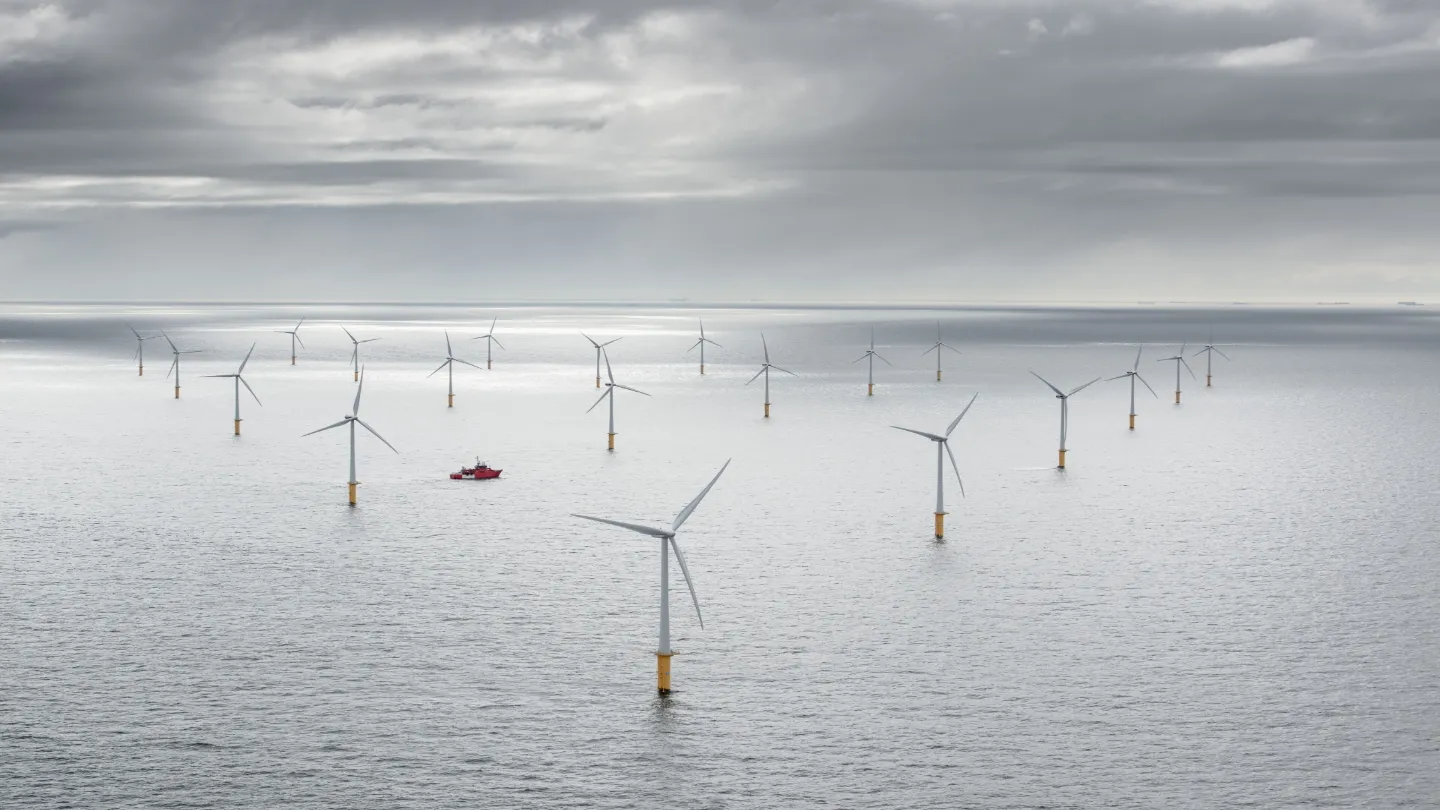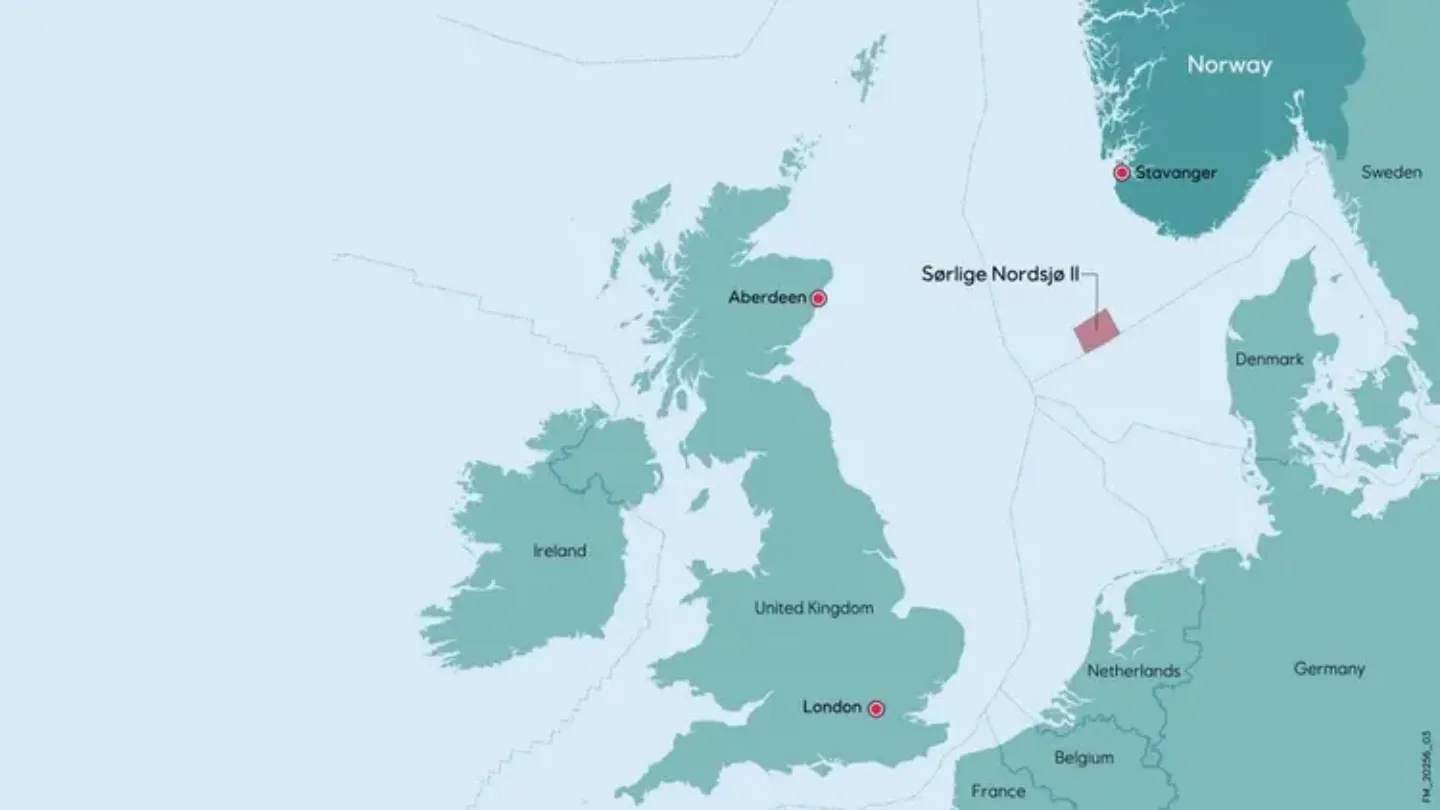The Southern North Sea II (SNII) Wind Farm or the Sørlige Nordsjø II is an offshore wind development planned to be developed in the Norwegian North Sea.
The project will be developed by Ventyr, a consortium of Parkwind and Ingka Investments.
Parkwind is a renewable energy subsidiary of JERA, while Ingka Investments is an investment arm of the largest IKEA retailer Ingka Group. Norway’s NorSea Group is also one of the strategic partners of the project.
The wind farm is expected to start commercial operations by 2030. The first phase of the project will have a total capacity of 1.5GW.
The development of the Sørlige Nordsjø II Project is aligned with Norway’s plans of awarding 30 GW of offshore wind power by 2040. It will also support the country’s transition to renewable energy.
In October 2024, Ventyr began environmental monitoring for the offshore wind farm.
Southern North Sea II Project Location
The Southern North Sea II Wind Farm is the first major offshore wind project on the Norwegian Continental Shelf. It will be located in the southern part of the North Sea offshore Norway near Denmark border.
The wind farm will cover an area of 520km2, covering around 20% of the entire Southern North Sea II area.
The project will be around 200km from the nearest connection point in the transmission grid.
The development plan of the project at sea includes the economic zone of Norway and Kvinesdal municipality on land. It would also include Flekkefjord, Farsund or Lyngdal municipality in Agder, depending on the finalisation of grid connection route.
Project Background
In 2020, Norway opened Utsira Nord and Sørlige Nordsjø II offshore areas for wind power production. The government announced plans to implement first phase of wind power production in the Southern North Sea II area in February 2022.
The Ventyr consortium won the bid for the development of the phase 1 area of the project in March 2024. It won the auction by bidding the lowest contract price in a two-way contract for difference.
The contract for the development of the wind farm was signed a month later in April 2024.
The Norwegian Water Resources and Energy Directorate (NVE) released the impact assessment (IA) program for the project and its grid connection in October 2024.
Southern North Sea II Wind Farm Infrastructure
The Southern North Sea II Wind Farm was conceived as a large-scale bottom fixed offshore windfarm to be developed in phases.
It is expected to include 60-100 wind turbines, an offshore converter station, internal cables, and a submarine cable or the export cable to transport renewable power.
The proposed main alternative for the development consists of 88 wind turbines with an installed capacity of 17MW each.
The onshore components of the project will consist of a landfall facility, a power line, an underground cable, a micro tunnel, and a new converter station.
The wind turbines will be installed using jack up vessels. They will have either monopiles, jacket structures or gravity-based concrete foundations.
An internal cable network of 256km will connect the wind turbines to the offshore substation. Dry insulated XLPE cables with three cores and a voltage of either 66 kV AC or 132 kV AC (high-voltage AC cables) are expected to be used for the network.
The substation, equipped with a high-voltage rectifier facility (HVDC), will be installed on a four-legged jacket foundation.
It will be equipped with a Voltage Source Converter (VSC) converter, which will convert alternating current from the wind farm to 320kV direct current for transmission.
Two export cables will transport power from the offshore substation to the onshore landfall facility. Multiple alternative routes are in consideration for the export cables connecting the landfall facility and onshore substation.
The onshore substation will be a High Voltage Direct Current station (HVDC) station to convert +320kV DC to 420kV AC.
The electricity will be fed to the main grid via Statnett’s existing substation in Kvinesdal.
Around 1,400MW will be delivered to the grid, while the remaining renewable power will be used to cover grid connection losses or for electrification of the Ekofisk field.
Contractors Involved
In October 2024, Ventyr started the deployment of two specialised monitoring buoys to procure critical environmental, wind and metocean data for the development of Sørlige Nordsjø II.
French data as a service company, Akrocean, and Irish company TechWorks Marine provided the buoys. The two companies partnered with local Norwegian company WINDPORT for all local and maritime support.
Norwegian tech company SPOOR equipped the buoy with AI-powered cameras.
Ventyr’s strategic partner in the project NorSea Group plans to upgrade an existing port in Espevik or Jelsa to use it to pre-assemble turbine components.





